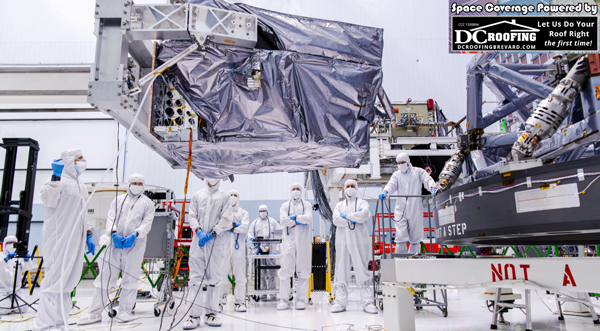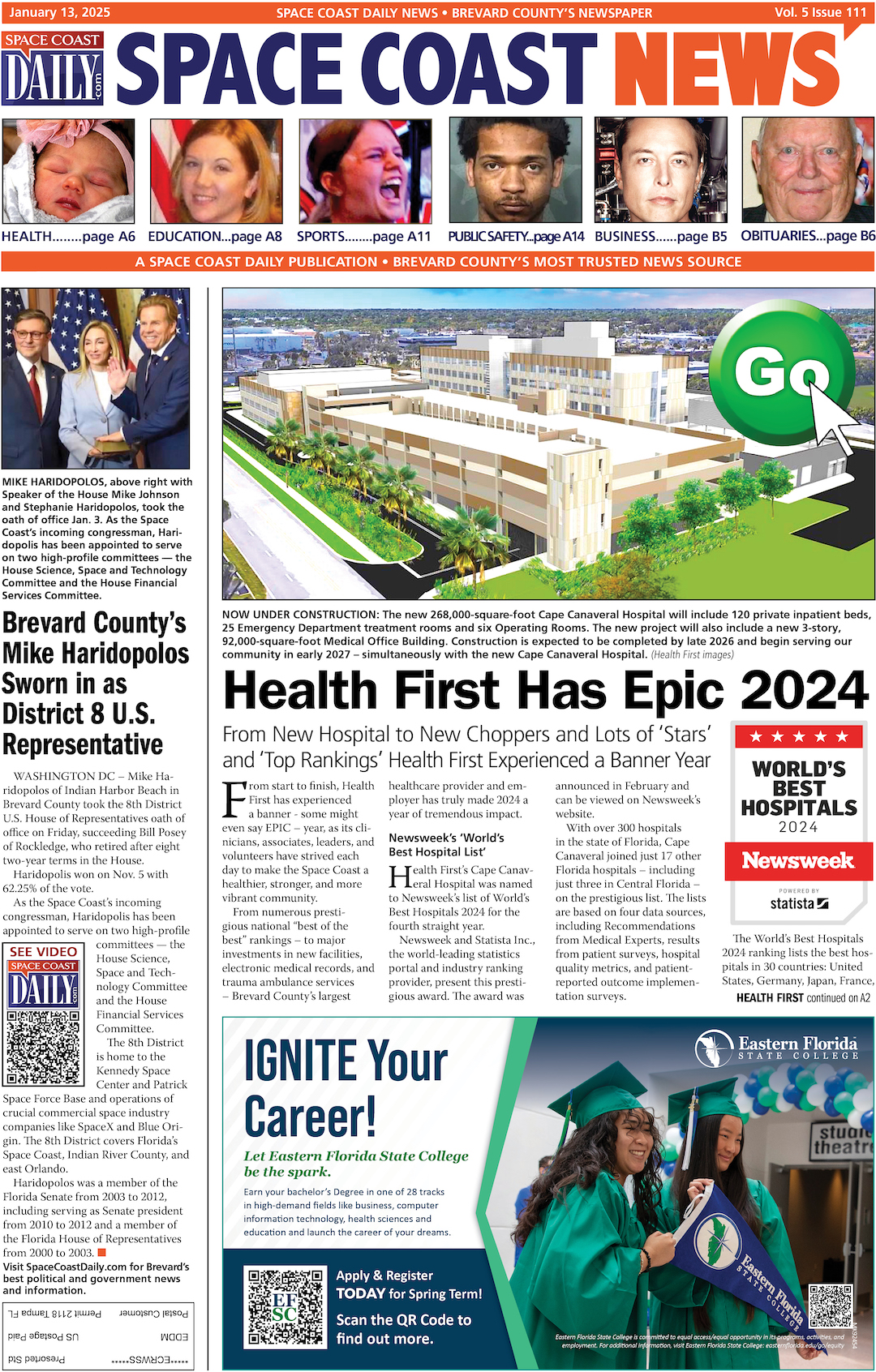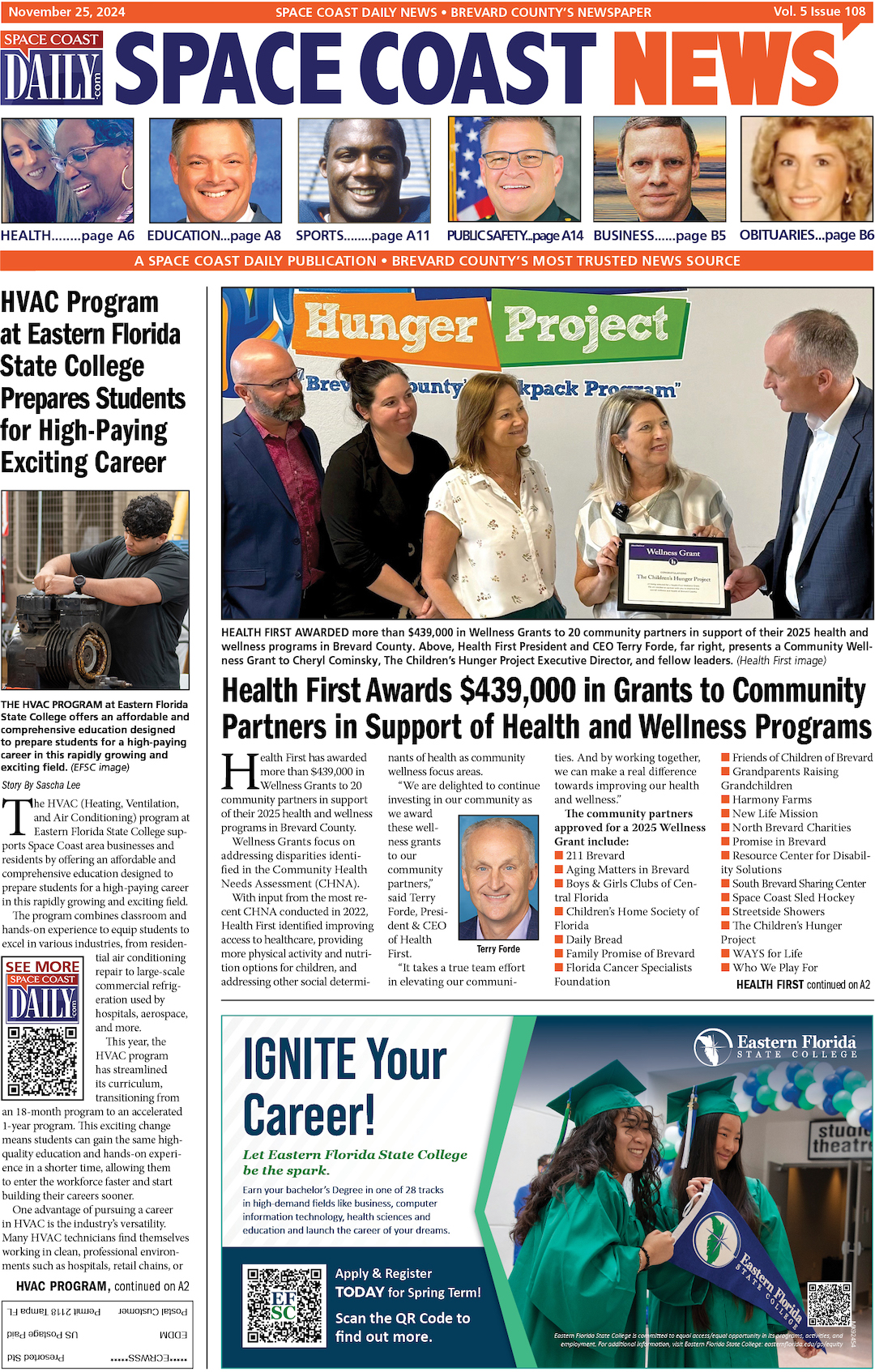NASA Engineers Successfully Integrate Coronagraph for Roman Space Telescope
By NASA information center // October 29, 2024
NASA & SPACE NEWS

(NASA) – NASA’s Nancy Grace Roman Space Telescope team has successfully completed the integration of the Roman Coronagraph Instrument onto Roman’s Instrument Carrier, a piece of infrastructure that will hold the mission’s instruments, which will be integrated onto the larger spacecraft at a later date.
The Roman Coronagraph is a technology demonstration that scientists will use to take an important step in the search for habitable worlds, and eventually life beyond Earth.
This integration took place at NASA’s Goddard Space Flight Center in Greenbelt, Maryland, where the space telescope is located and in development. This milestone follows the coronagraph’s arrival at the center earlier this year from NASA’s Jet Propulsion Laboratory (JPL) in Southern California where the instrument was developed, built, and tested.
The Roman Coronagraph Instrument is a technology demonstration that will launch aboard the Nancy Grace Roman Space Telescope, NASA’s next flagship astrophysics mission.
Roman will have a field of view at least 100 times larger than the agency’s Hubble Space Telescope and explore scientific mysteries surrounding dark energy, exoplanets, and infrared astrophysics. Roman is expected to launch no later than May 2027.
The mission’s coronagraph is designed to make direct observations of exoplanets, or planets outside of our solar system, by using a complex suite of masks and active mirrors to obscure the glare of the planets’ host stars, making the planets visible. Being a technology demonstration means that the coronagraph’s goal is to test this technology in space and showcase its capabilities.
The Roman Coronagraph is poised to act as a technological stepping stone, enabling future technologies on missions like NASA’s proposed Habitable Worlds Observatory, which would be the first telescope designed specifically to search for signs of life on exoplanets.
“In order to get from where we are to where we want to be, we need the Roman Coronagraph to demonstrate this technology,” said Rob Zellem, Roman Space Telescope deputy project scientist for communications at NASA Goddard.
“We’ll be applying those lessons learned to the next generation of NASA flagship missions that will be explicitly designed to look for Earth-like planets.”
A Major Mission Milestone
The coronagraph was successfully integrated into Roman’s Instrument Carrier, a large grid-like structure that sits between the space telescope’s primary mirror and spacecraft bus, which will deliver the telescope to orbit and enable the telescope’s functionality upon arrival in space. Assembly of the mission’s spacecraft bus was completed in September 2024.
The Instrument Carrier will hold both the coronagraph and Roman’s Wide Field Instrument, the mission’s primary science instrument, which is set to be integrated later this year along with the Roman telescope itself. “You can think of [the Instrument Carrier] as the skeleton of the observatory, what everything interfaces to,” said Brandon Creager, lead mechanical engineer for the Roman Coronagraph at JPL.
The integration process began months ago with mission teams from across NASA coming together to plan the maneuver. Additionally, after its arrival at NASA Goddard, mission teams ran tests to prepare the coronagraph to be joined to the spacecraft bus.
CLICK HERE FOR BREVARD COUNTY NEWS














